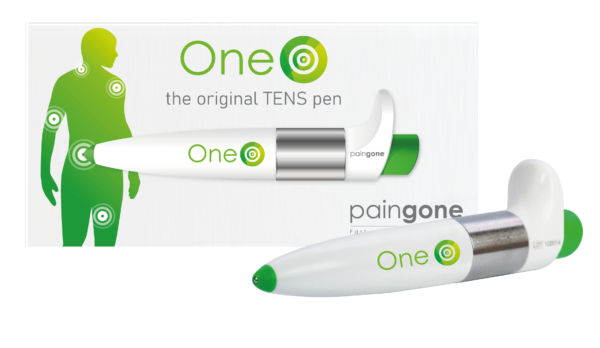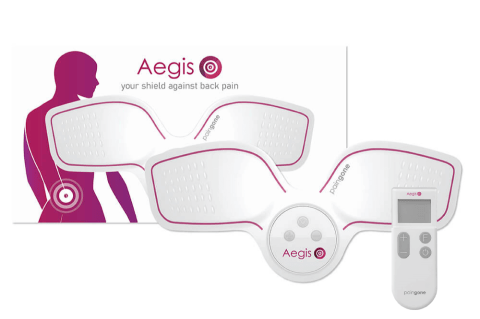Sciatica is an extremely difficult and frustrating chronic pain to live with. It may be hard to believe, but sciatica often goes away within three months with proper treatment and care. If you’re wondering what is the most effective pain relief for sciatica, continue reading to find out everything you need to know.
What is sciatica?
The sciatic nerve runs from your lower back down to your feet, and when it is compressed or irritated – usually from a ruptured disc in the spinal column – it causes sciatica. It usually gets better after four to six weeks, but can last longer in some cases.
If you have sciatica, your bottom, the back of your leg, and your foot and toes can feel a tingling – like pins and needles – a stabbing, burning or shooting pain, and even weakness or numbness.
You would usually also have back pain, but it is not as severe as what you would feel in your leg and foot. The symptoms of sciatica can be felt more when moving, sneezing or coughing.
Effective pain relief for sciatica
Bed rest has typically been recommended for individuals with sciatica, though it is not recommended by the National Health Service (NHS), who claim that a lack of movement for long periods of time can actually exacerbate the pain and discomfort.
The NHS actually recommends that gentle exercise and light walks are good for treating sciatica. Even if the movement hurts your leg, foot or back, the movement is good and can actually reduce the symptoms long-term.
After speaking to your GP, they may prescribe some pain killing tablets, such as ibuprofen or naproxen. Muscle relaxers to prevent muscle spasm may also be an option for treatment. In some cases, your GP might suggest a steroid injection into the space around the spinal nerve.
Research has shown that an injection of this type can have a modest effect on your sciatica.
Physiotherapy for sciatica
For many individuals, physiotherapy treatment has helped to treat sciatica. Physiotherapy helps the sciatic nerve stretch and move freely. Acupuncture, soft tissue massages and joint mobilisations are also often used.
Nerve pain is unpleasant, debilitating and can affect people differently, so a physiotherapist will use a variety of treatment techniques, rather than a single step-by-step process. They will also provide advice and guidance on movements and exercises you can do in your free time to treat sciatica.
Home remedies for sciatica
There are also home remedies for sciatica that have been known to help. As well as regular, gentle exercising and stretching, there are other simple things you can do to help deal with the pain of sciatica. They include:
- When sleeping on your side, place a small cushion in between your legs, or several pillows underneath your knees.
- Use an ice pack or a hot water bottle on the affected area. Apply the ice pack for 15 minutes and then apply the heat pack every 15 minutes for two to three hours.
- Improve your posture.
- Shorten your stride and slow down while walking.
Pain relief for sciatica at Paingone
There are other drug-free pain relief methods available to use to treat your sciatica, too. Paingone uses revolutionary transcutaneous electrical nerve stimulation (TENS) at the points of pain to reduce the symptoms.

This treatment can be delivered on-the-go with a Paingone Plus or Paingone One TENS pen. Great for use almost anywhere on the body, studies have shown chronic pain is reduced by Paingone.
If you’re struggling with back pain from sciatica, you could try the Paingone Aegis, which is a clinically proven back TENS machine designed specifically to fit on the lower back.

Boasting large gel pads that cover a wide treatment area, the Paingone Aegis delivers relief across the lower back. It can be worn under clothing to be activated via a remote control whenever you need relief, which is great for use throughout the day.
If you require any more assistance or information from Paingone in regards to sciatica pain relief, do not hesitate to contact us.

